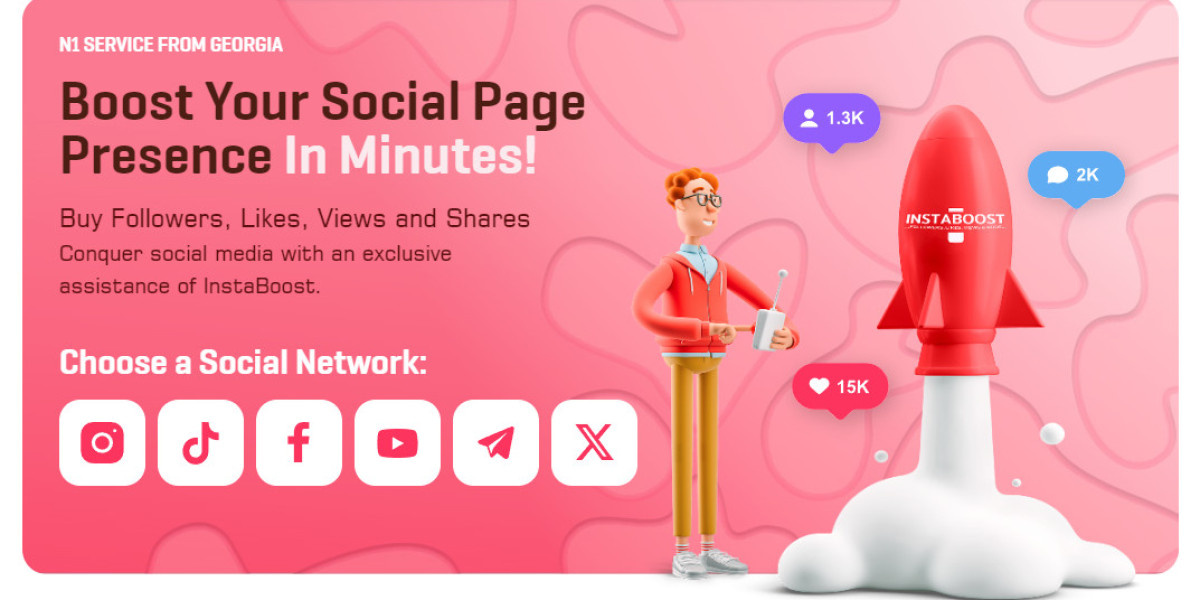In the digital age, YouTube has evolved from a simple video-sharing platform to a powerful tool for content creators, marketers, and businesses. With over 2 billion monthly active users, YouTube offers immense opportunities for those looking to generate passive income, build a brand, or share knowledge with the world. However, managing a successful YouTube channel requires consistent effort, creativity, and strategic planning. This is where YouTube automation courses come in, providing valuable insights into automating various aspects of running a YouTube channel, maximizing efficiency, and accelerating growth.
What is YouTube Automation?
YouTube automation involves streamlining repetitive tasks associated with managing a YouTube channel through tools, software, or outsourcing. Instead of handling everything manually—such as video editing, thumbnail creation, SEO optimization, and content scheduling—creators can automate these processes. Automation helps save time, reduce workload, and focus on more strategic tasks, such as content ideation and audience engagement.
Key Components of YouTube Automation Courses
1. Content Creation Strategies: YouTube automation courses typically start with strategies to streamline the content creation process. This includes using tools to generate video ideas based on trending topics, niche research, and audience preferences. Courses teach creators how to create engaging scripts using AI-powered tools and hire voiceover artists and editors to produce high-quality videos without being on camera themselves.
2. Video Editing and Thumbnail Design Automation: Editing videos and creating thumbnails can be time-consuming tasks. Automation courses provide techniques and tools, such as templates and AI-driven editing software, to speed up these processes. They also cover outsourcing to professional editors and designers, ensuring videos are polished and thumbnails are click-worthy.
3. SEO Optimization and Keyword Research: Proper SEO (Search Engine Optimization) is crucial for videos to rank higher on YouTube search results. Automation courses teach the use of keyword research tools like TubeBuddy, VidIQ, and Google Trends to identify high-ranking keywords, optimize titles, descriptions, and tags, and improve video discoverability.
4. Scheduling and Publishing Automation: Consistent uploading is key to YouTube growth. Automation courses guide creators on using scheduling tools to publish videos at optimal times, manage content calendars, and maintain consistency without manual intervention. Tools like Hootsuite and Buffer can automate the entire scheduling process.
5. Audience Engagement and Comment Moderation: Engaging with viewers through comments and feedback is essential for building a loyal subscriber base. Courses provide insights into automating responses to frequently asked questions and moderating comments to remove spam, offensive language, and irrelevant content. Tools like TubeBuddy offer automated comment filters to maintain a healthy community.
6. Monetization and Analytics: YouTube automation courses delve into various monetization strategies beyond traditional ad revenue. These include affiliate marketing, sponsored content, and merchandise sales. Automation courses teach how to track performance metrics like watch time, engagement rates, and revenue streams, using YouTube Analytics and other third-party tools to make data-driven decisions.
7. Outsourcing and Delegation: A significant aspect of YouTube automation is learning how to delegate tasks effectively. Courses often include modules on hiring freelancers or virtual assistants for content creation, video editing, SEO, and social media management. This helps in scaling the channel while maintaining quality and consistency.
Benefits of YouTube Automation Courses
1. Time Efficiency: By automating repetitive tasks, creators can save time and focus on more strategic elements of their channel, such as content planning and audience interaction.
2. Scalability: Automation enables creators to scale their channels faster by maintaining a consistent posting schedule, diversifying content, and reaching broader audiences without being overwhelmed.
3. Increased Revenue Potential: With automated processes in place, creators can explore multiple monetization avenues, enhance their content output, and attract more sponsors, thereby increasing revenue streams.
4. Reduced Burnout: Consistent manual management of a YouTube channel can lead to burnout. Automation helps distribute the workload, maintain a work-life balance, and sustain long-term success on the platform.
5. Improved Quality and Consistency: Automation tools and outsourcing can ensure consistent video quality, SEO optimization, and audience engagement, crucial factors for channel growth.
Conclusion
YouTube automation courses are invaluable for content creators looking to maximize efficiency, scale their channels, and generate passive income without being on camera or overwhelmed by daily tasks. By leveraging automation tools, outsourcing, and data-driven strategies, these courses empower creators to focus on what truly matters—delivering valuable content and engaging with their audience. For aspiring YouTubers and even seasoned creators, investing in a YouTube automation course can be a game-changer, setting them on the path to sustainable growth and success in the competitive world of digital content creation.
More Information.
Jonathan Montoya Affiliate Program





